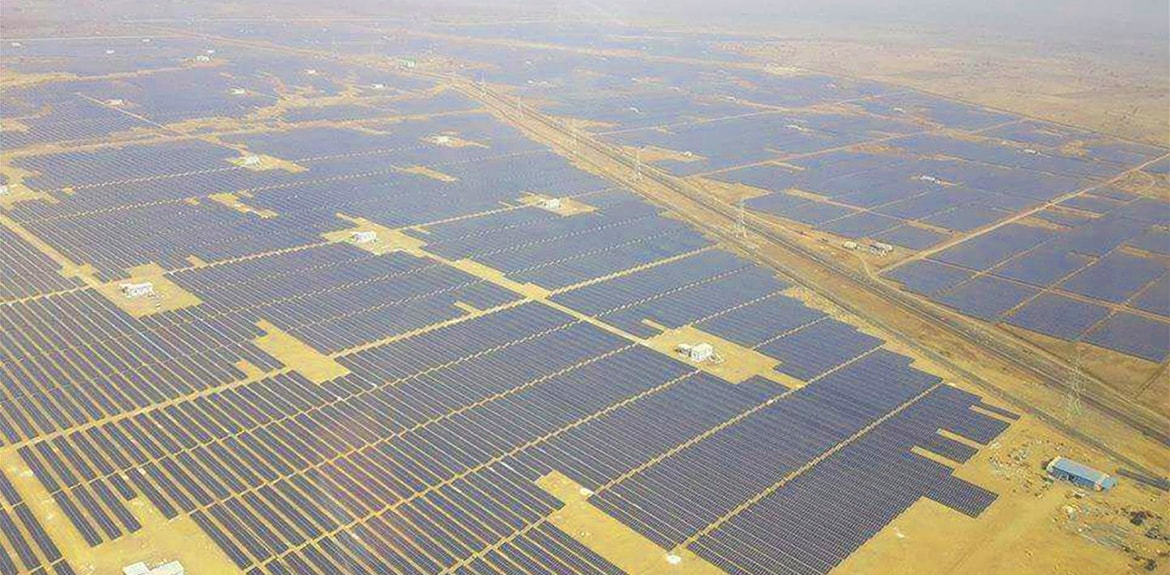Hyderabad-based Greenko Energies has announced its partnership with state-owned power generator NTPC Ltd to develop round-the-clock and flexible power supply solutions by integrating renewable energy sources and pumped storage projects.
As variable renewable electricity generation increases in the generation mix, hybrid systems that combine generation with storage are the next wave in power generation.
Greenko is one of India’s largest RE developers with a 6.4 GW portfolio and developing over 40 GWh of pumped hydro storage projects across six states in India.
According to Greenko, pumped hydro storage projects are one of the lowest-cost storage solutions at around 85 US$/MWh compared to battery storage systems currently being imported primarily from China at around 200 US$/MWh ((forecasted to reached 100 USD/MWh by 2030) with limited life cycles.
“The value proposition of the potential offering will be to meet the evolving bespoke requirements of Discoms and other power consumers in India in real-time. Affordable energy storage is critical to the sustained growth of renewables, grid balancing and address limited generation flexibility in the Indian energy market”—said the developer which signed a Memorandum of Understanding with NTPC’s power trading arm NTPC Vidyut Vyapar Nigam Ltd.
This content is protected by copyright and may not be reused. If you want to cooperate with us and would like to reuse some of our content, please contact: editors@pv-magazine.com.









India’s Renewable Energy is growing but still there are many traditional Power Plants (Coal,Nuclear, Gas, Hydro in Operation to meet Sunset to Sunrise Loads, as well as Support Solar and Other Electricity Sources in the Daytime.
The need for Storage arises once these traditional 24hrs/day Power Plants are phased out or inadequate to meet night time or other demand by themselves. We will not reach there for many years.
In other words, where is the urgency for Energy Storage right now, (specially ‘the Chinese made KW/MW kind Batteries) when we have Hydro Plants providing huge amounts of Storage as compared to them.
They may/could not be needed in the future too, as “anywhere based” CAES Systems would compete with Hydro Power once Energy Storage is really required by 2025 or so.
I believe an Above Ground (anywhere Based) CAES System in the 50MWhr Range can be made within $25-50/MWhr based on 15 yrs Energy Storage only. (However, as it can easily operate for 30-50 years or more, reducing the $/MWhr further, and without reduced output, unlike Batteries that age and then have to be replaced every 5-10 years maximum).